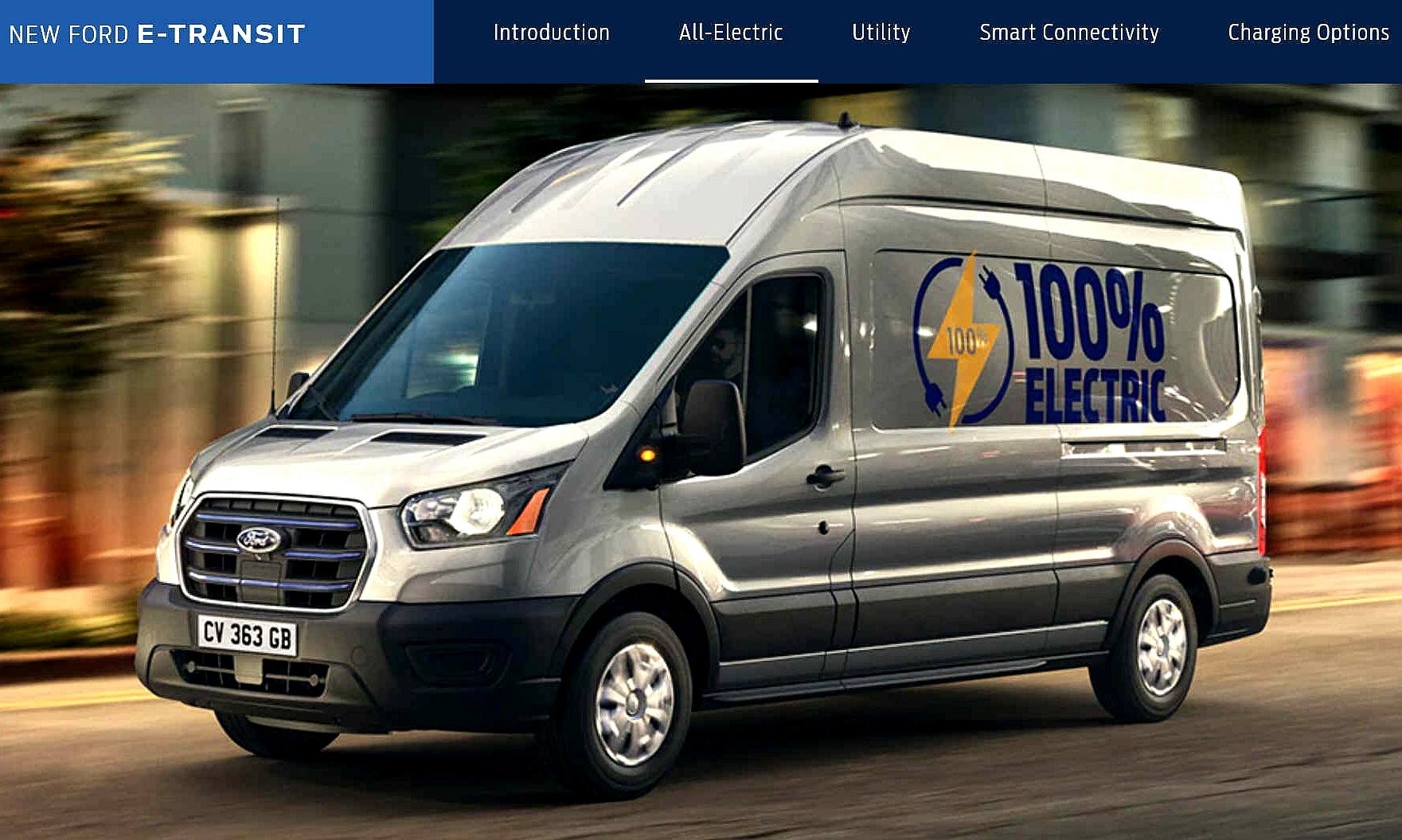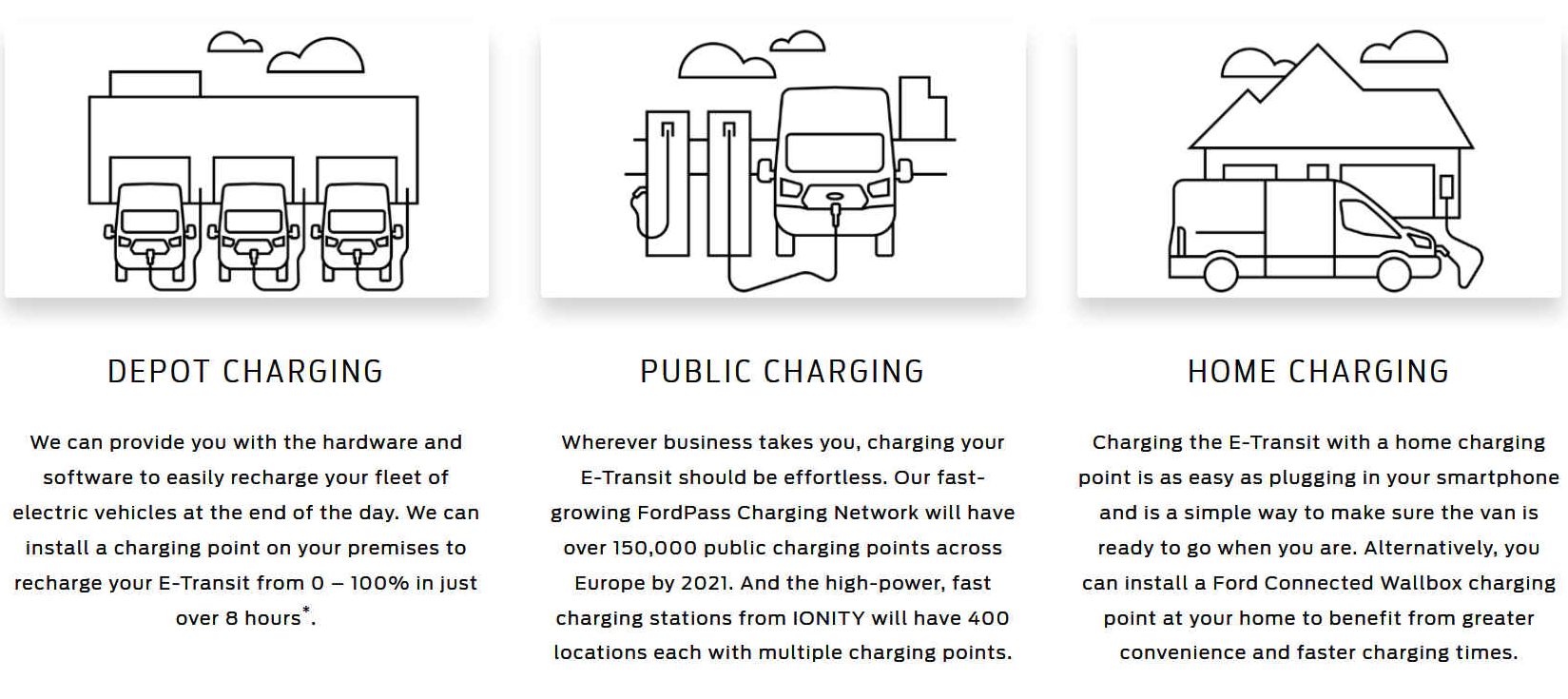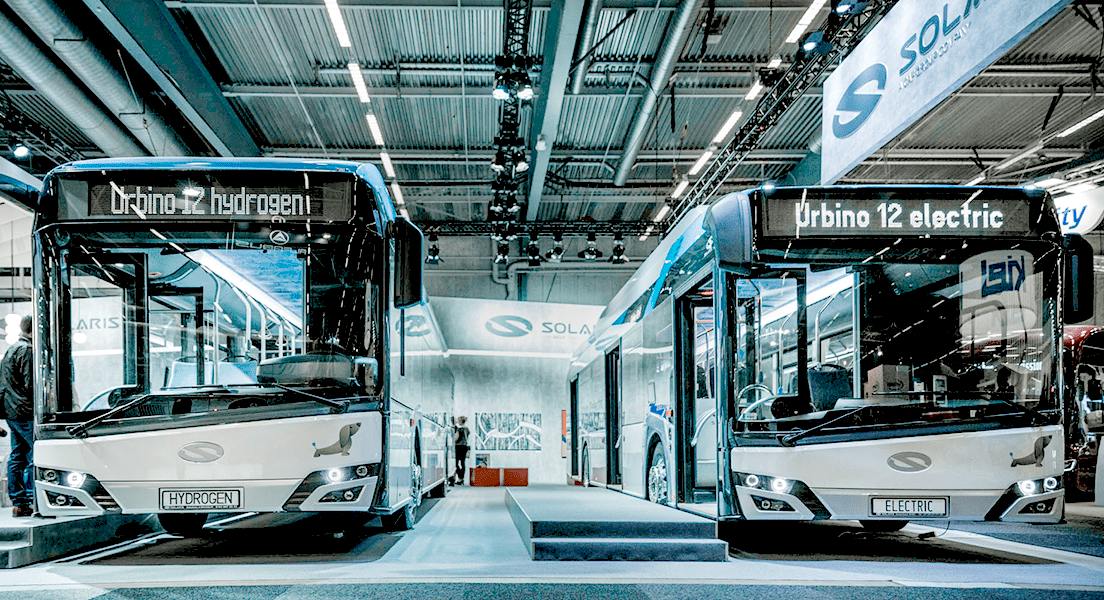|
AUTOMATED & EVs ACT 2018
Please use our A-Z INDEX to navigate this site where page links may lead to other sites
|
|
It is anticipated that with a RE kit, the new (proposed) E-Transit might gain at least 100 miles of extra range, plus rapid recharging of the Hydrogen Battery (and roadside recovery), so extending the range of this famous workhorse almost without limit, provided that there are sufficient charging facilities at strategic geographic locations to comply with the provision of the Automated and Electric Vehicles Act 2018 and Climate Change Act 2008. There is as yet no integrated energy strategy (hence policy) in the UK concerning Fuel Cells and Hydrogen in relation to transport, or industrial and domestic electricity supplies from green, blue or gray sources of the gas.
Be it enacted by the Queen’s most Excellent Majesty, by and with the advice and consent of the Lords Spiritual and Temporal, and Commons, in this present Parliament assembled, and by the authority of the same, as follows:—
THE AUTOMATED and ELECTRIC VEHICLES ACT 2018
Introductory
Text
The Automated and Electric Vehicles Act 2018 - 2018 CHAPTER 18
Hydrogen powered electric buses are becoming very popular. With exchange refuelling using high pressure gas cartridges, or liquid hydrogen cartridges, unmanned coaches, taxis, vans and robotic trucks might have unlimited ranges.
LINKS & REFERENCE
http://www.change-climate.com/LAW/Automated_and_Electric_Vehicles_Act_2018_UK_Laws_Statutes_Kingdom_United.htm
Please use our A-Z INDEX to navigate this site
This website is provided on a free basis as a public information service. copyright © Climate Change Trust 2021. Solar Studios, BN271RF, United Kingdom.
|


